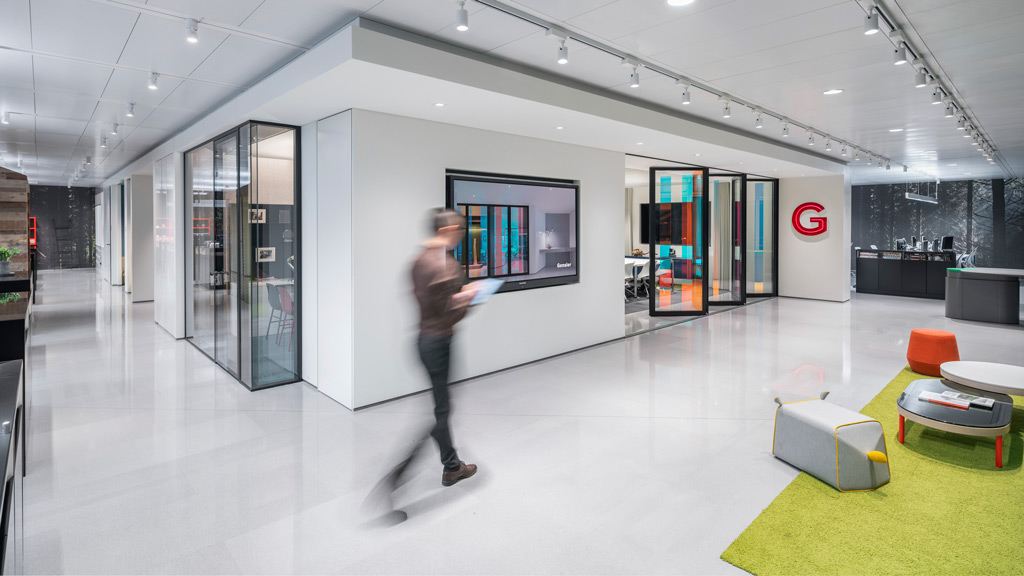A Day in the Life: Going Back to Work in China
April 22, 2020 | By Francois Chimier
Editor’s Note: This post is part of our ongoing exploration of how design is responding to the COVID-19 pandemic.
As the COVID-19 pandemic expands and more countries around the world implement strict nationwide quarantines, in China we are slowly experiencing the next step: going back to work. Here’s what we learned during our return to Gensler’s Beijing office.
At home, before leavingAfter a period of quarantine and working remotely at home, going back to work requires a mental effort, because we know there’s still a risk that we’ll catch the virus and spread it to our families.
It starts the minute you leave the house, when you reach for a new mask to cover your mouth and nose. If you forget it, the guards at the one remaining exit from your community will remind you and not let you leave until you wear one. Also, remember to put your small disinfectant bottle in your pocket and be sure there’s enough inside to last all day. It can really be useful.
Taking public transportationLike many in China, I don’t own a car. Should I use a shared bicycle? If so, I know I’d better wear disposable gloves or disinfect the handlebars. But, depending on the material they’re made of, handlebars (and their grips) can be a real challenge to disinfect.
I opt for public transportation instead and walk to the nearest subway station. There I find a welcoming committee of police officers that checks everyone’s body temperatures and ensures that everyone is wearing a mask. If you don’t follow the regulations, the officers will warn you and, in some cases, detain you. If you have a fever, you’ll be pulled aside and an ambulance will take you to quarantine. My temperature is OK, so I can move on.
The subway station is clean. It’s now completely disinfected every day. I avoid the elevator and take the escalator down to the platform. On the train, I keep a reasonable distance away from other passengers and try not to touch any surface. There’s an app that allows me to check the coach load ratio. If the load is greater than 50%, I might wait for a less congested train to come along.
Arriving at the workplaceLike every building and community in Beijing, our office building has closed all but one entrance. It serves as the checkpoint. There, building security personnel checks body temperatures and ensures everyone is wearing a mask. The body temperature scanning systems have been improved since the beginning of the outbreak — going from infrared thermometers to infrared cameras — allowing people to pass seamlessly. Again, if your temperature is too high, an ambulance will be called to come pick you up.
Many communities have installed tents to isolate potentially infected people, but our building took a more inspired approach. They modified a glass-enclosed smoking booth into an isolation corner — removing the ashtrays and installing two chairs and a coffee table.
Beyond this checkpoint, I need to clear another hurdle in the building’s lobby. There, a building staffer checks our E-pass, a badge that has to be updated daily. If we lack either an entrance card or E-pass, then we need to register at the desk, where one-meter (3 foot) spacing between people has been marked on the floor. In practice, we need to scan a QR code to access many buildings and public places in China. This tracks our itinerary over the past 14 days and determines if we can access the place or not.
In Shanghai, Shenzhen, Hangzhou, and other cities, many places require the Alipay app QR code that links your location data to an algorithm, analyzing where you have been during the past two months. A green code indicates if you have been in Shanghai and have not traveled much, allowing you to access major malls, hospitals, and other public places. A yellow code means you have been to potentially compromising areas that might have exposed you to the virus. A red code denies access altogether, meaning you have likely been in a place at the same time as a sick person.

The elevator lobby also has red markings one meter apart on the floor, but people keep a proper distance from each other without forming a line. The elevator capacity has been reduced from 16 people to a maximum of five, so unfortunately I must wait for the next one. Elevator cabs are regularly cleaned and disinfected each day, but I still have to touch the call button and the floor button to reach my destination.
Before entering the office space, I go to the men’s room and wash my hands with soap for more than 20 seconds. Then I scan my face to enter the office, but still have to open the door with my clean hands! Without pausing, I immediately clean them again with the disinfectant placed at the reception desk.
The current rules in Beijing allow for 30–50% of workers to be in the building, so many colleagues are still working remotely. Even though there are not many people in office, it’s still not easy to maintain social distancing when you need to communicate with someone. We’re doing our best, despite the inconvenience, and we keep our masks on.
Still, there are nagging questions you can’t help but think about. Is there a virus on the coffee machine? How do I drink while wearing the mask? Is my colleague smiling or just pretending behind that mask?
We have new rules in the office too. Each day the space is disinfected, and we must disinfect our working surface and chair daily too. Meeting rooms can only be occupied to half of their capacity (that maxes out at six people in our office’s largest one), but hopefully its movable glass walls will let us expand the size and include more people.
Meetings that include our entire studio or even the whole office happen simultaneously online and person-to-person. Our remote colleagues often remind us to point on-screen by using the mouse, since they can’t see us gesturing with our hands during a presentation.
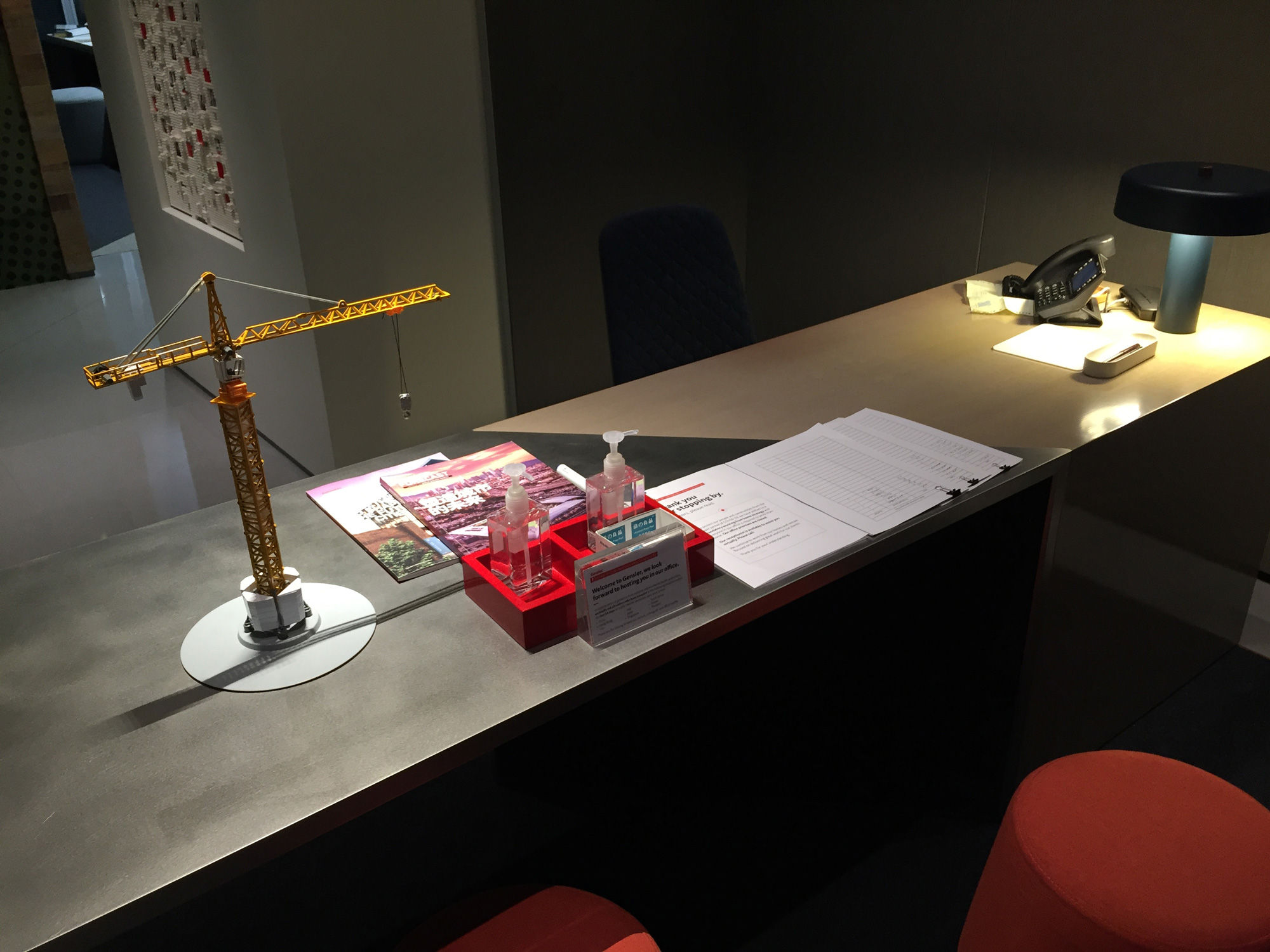
What’s most uncomfortable is that the central ventilation and air conditioning system can’t be used, and the windows have to remain open. It quickly becomes hot in the afternoon, especially with the mask, and turns cold at night when we work overtime. It’s nearly impossible to completely avoid touching a colleague’s desk or grabbing a pen to draw a quick sketch, so regular hand disinfection is a must.
During lunch break, every restaurant (and the supermarket too) is checking our temperature — and most are required to keep a record of it along with our name and phone number. Some places have free disinfectant and some don’t. Half of the seats have been removed to maintain social distancing, and the number of people per table has been cut in half. Not sitting in front of each other is the rule, but it isn’t always respected.
To avoid crowds, I decide to take my lunch break later than usual, around 1 p.m. Going back to the office means repeating the ritual of showing the E-pass, washing my hands with soap, and disinfecting them after touching the door.
In the afternoon my mask breaks. Thankfully, Gensler’s office was stocked with backups very early in the outbreak. After filling out the “mask receiving registration form,” I get a new one and continue my day safely.
Later, I order a nice coffee from a nearby shop. When it arrives, I have to go downstairs to a special entrance that the management has repurposed as an outdoor delivery corner, which avoids having delivery people enter the building.
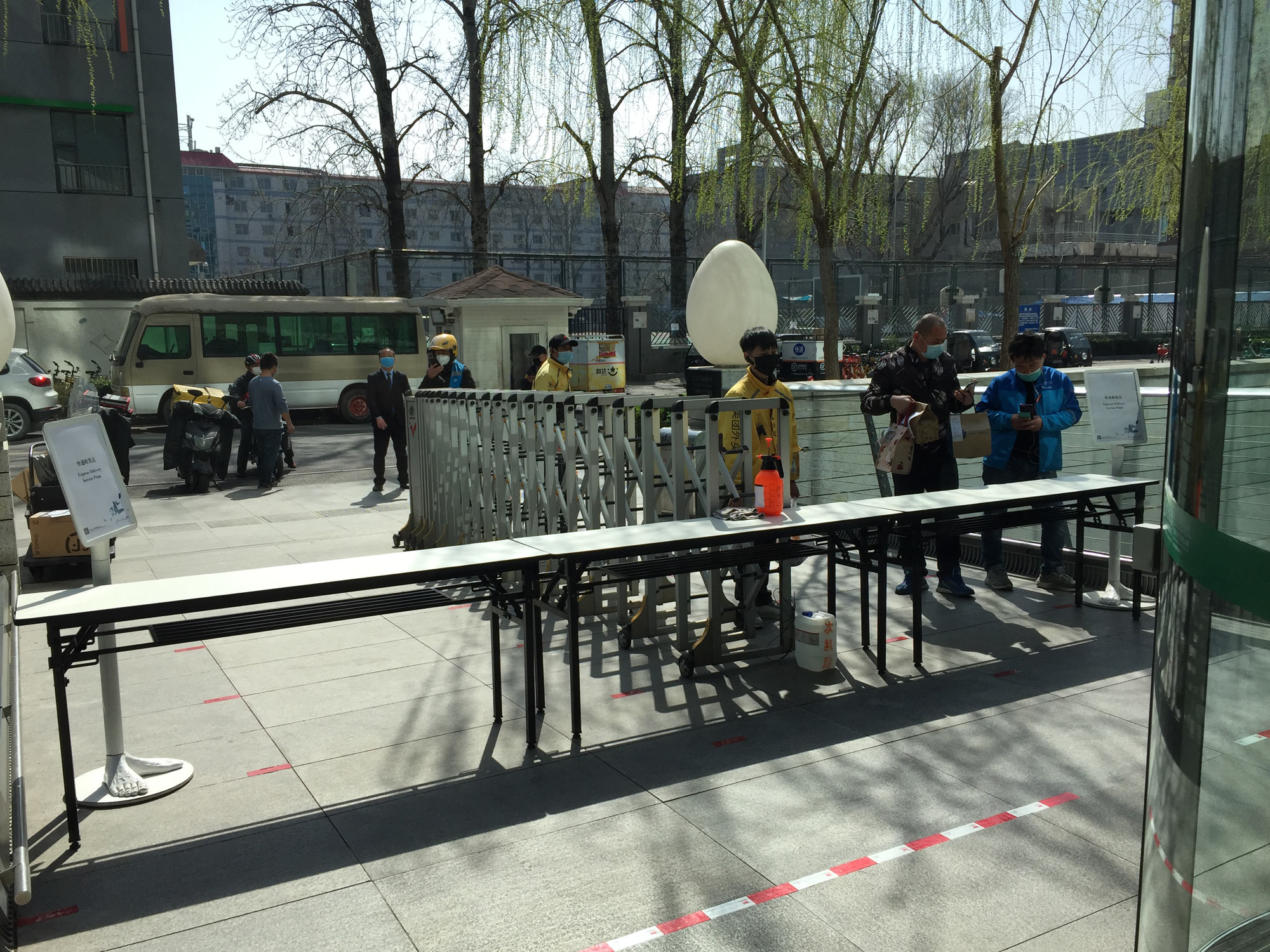
After a long day of work, I decide to take a car back home. Calling a “Didi” (the Chinese Uber) has never been easier, because of the lowered demand with so many people working from home.
Masks are mandatory for both the driver and passenger. A message on the app reminds me that the car has been ventilated and disinfected, and that I can ask the driver to operate the window to avoid touching the button. Even so, I still need to open the door with my hand. Luckily, I still have my disinfectant bottle handy.
Once in the car, I’m separated from the driver by a protective plastic sheet, reminding me that some people’s jobs are more threatening than others.
Home sweet home
Arriving back at my home community, I realize that I entered the wrong entrance in my app — one that is temporarily closed. Every community closed their points of access with whatever barricade was readily available early in the pandemic, and no one knows when they’ll be reopened.
I walk to the only open entrance, where I flash my community card and get my temperature checked for the last time of the day.
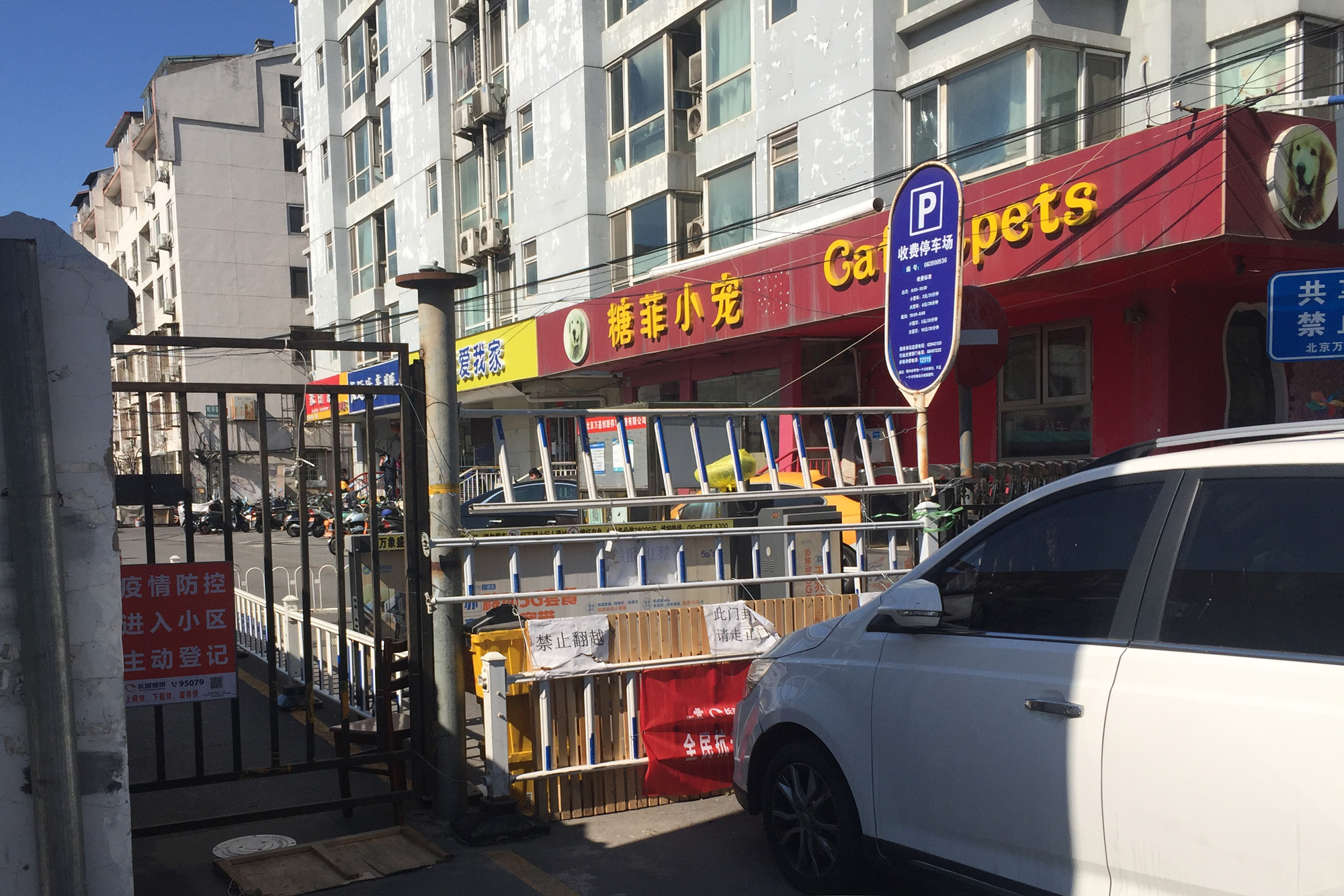
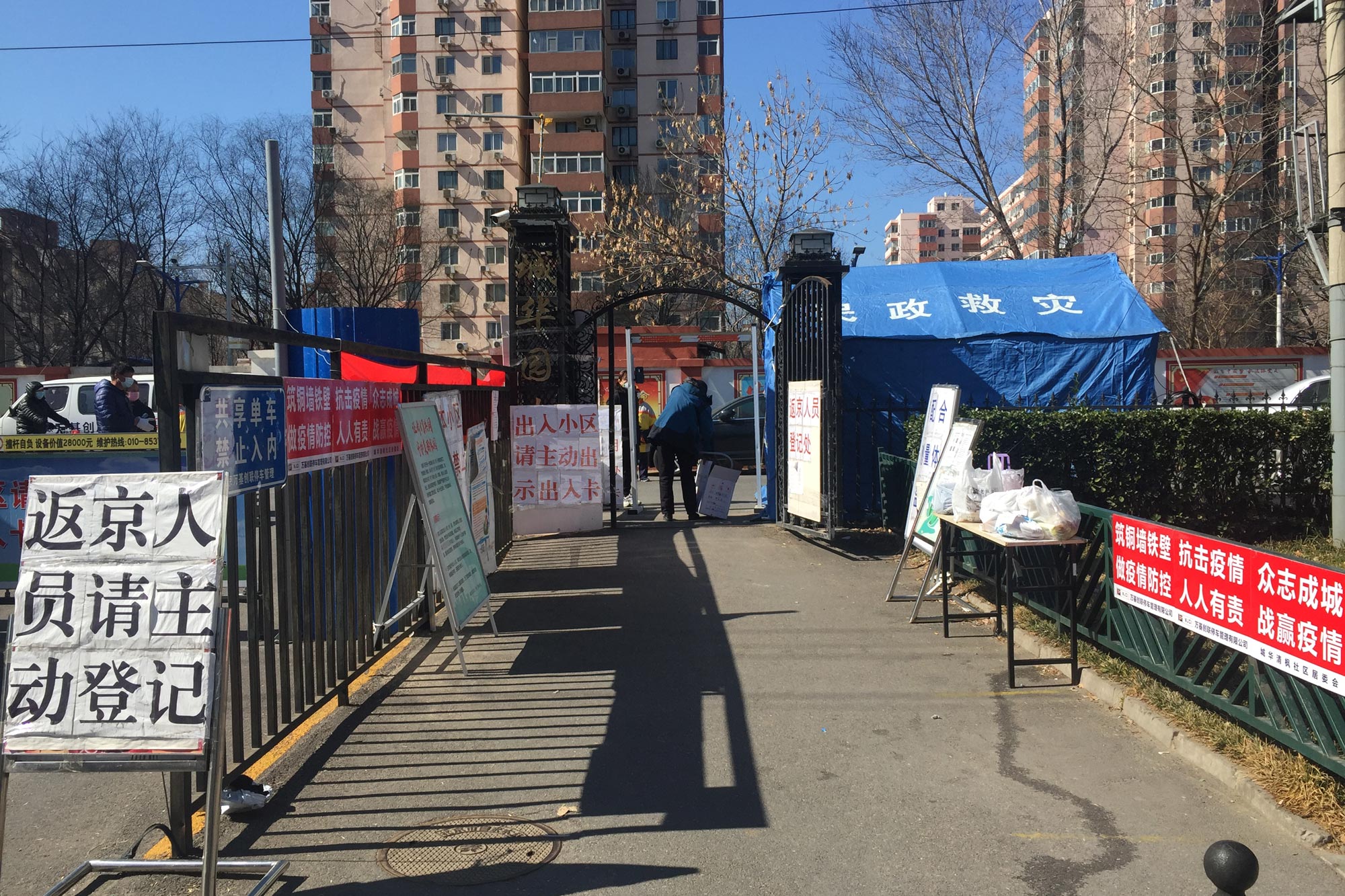
My building’s management has been very creative and, from the start of the pandemic they placed toothpicks on a block of hard foam inside and out of the elevators so no one has to touch the buttons directly. The sight of it makes me think of a hedgehog — and always brings a smile.
It was a hard day. I’ll be working from home tomorrow.
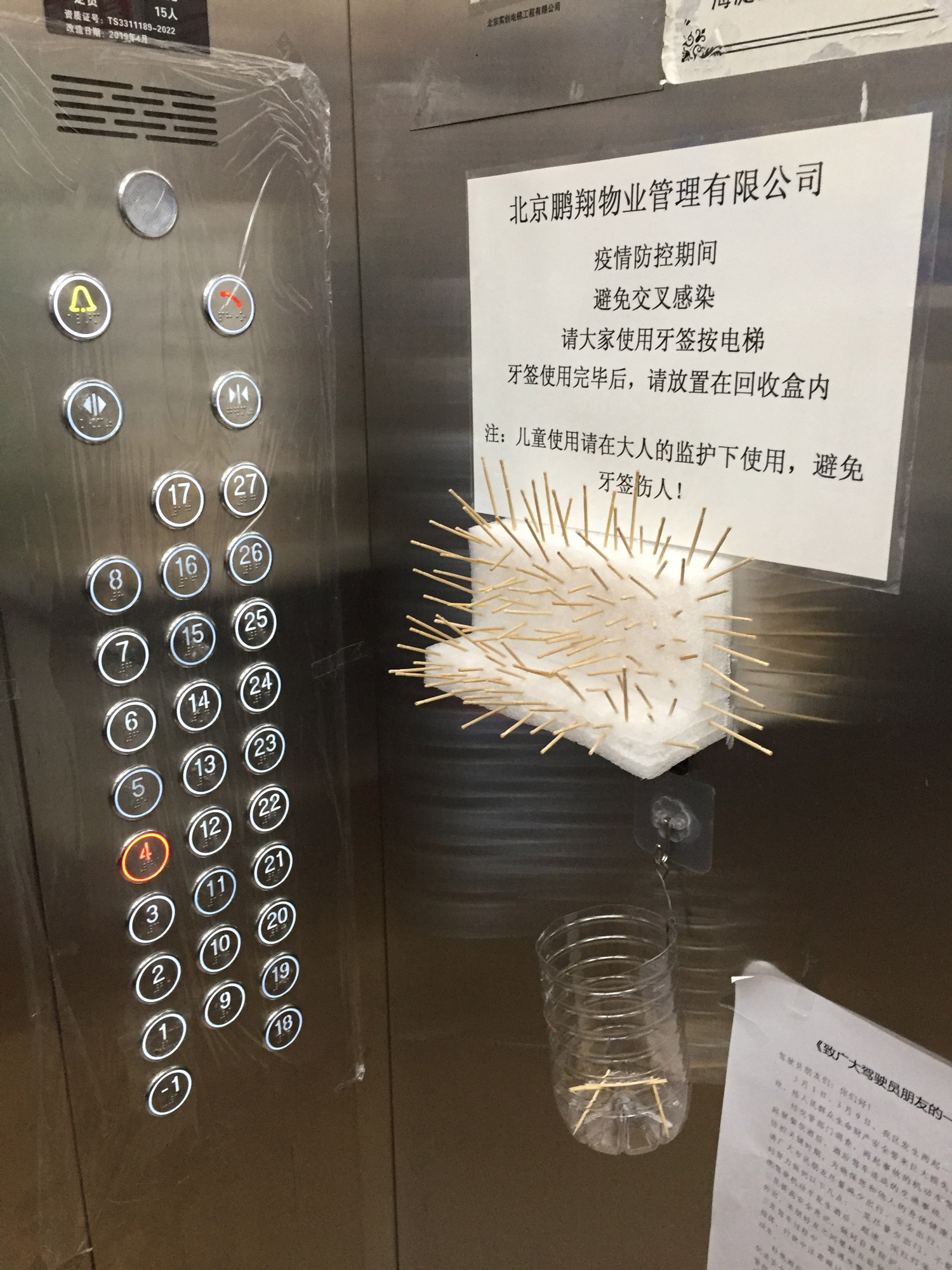
A special thanks to Su Chen, Roman Wittmer, Iris Cao, Yiming Li, and David Zai for sharing their experiences and photos for this article.
The blog author, Francois Chimier, left the firm in 2023.
For media inquiries, email .
